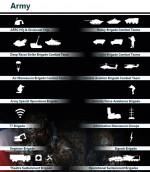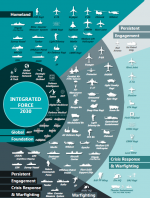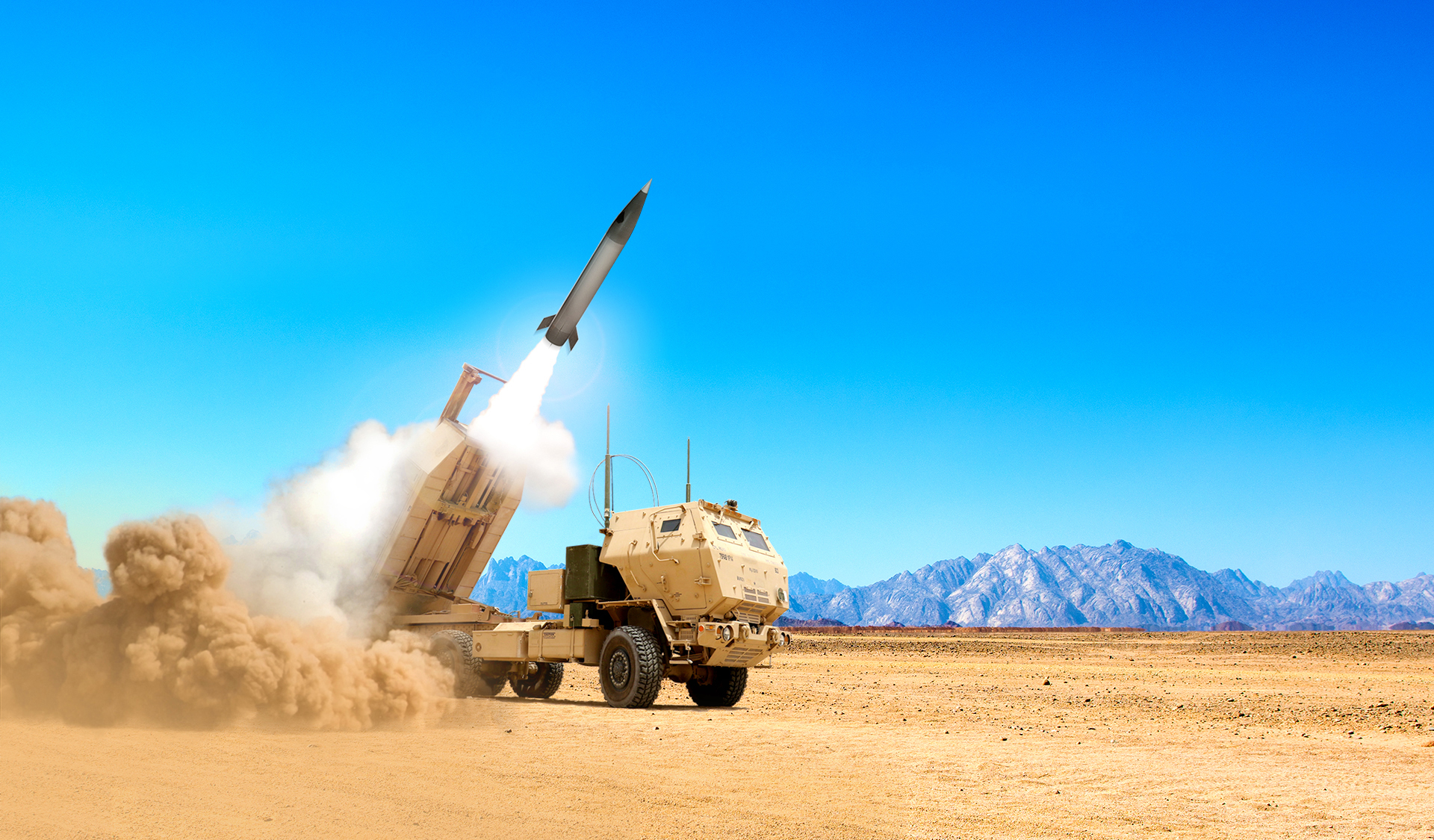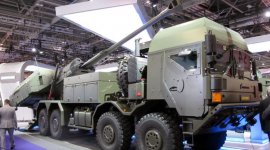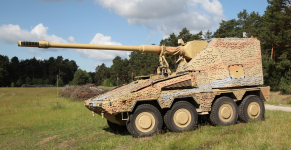- Reaction score
- 146
- Points
- 710
Excerpts from a post at Thin Pinstriped Line:
Mark
Ottawa
It Reads Like Daleks Speaking At A Management Consultancy Conference” – Thoughts On The Defence Review Paper
The MOD has published its long awaited Defence Review document, intended to support the findings of the Integrated Review, published on Mon 15 March. The new MOD document sets out the role of the armed forces in trying to deliver the Defence part of this strategy.
The document is designed to set out what Defence will do, how it will do it and with what equipment and forces against various roles. On paper this is supposed to be the biggest change to the British Armed Forces since the Cold War.
Does it work though, or is it missing something?
…why is there a sense of disappointment around the paper? It really boils down to a couple of core things that when put under scrutiny, don’t really add up.
For starters, the paper is incredibly vague on commitments, leaving the reader to wonder about what the UK’s defence goals actually are. Previous iterations of defence papers used to have ‘Military Tasks’ or other language setting out in clear precise terms what the role of the military was, and how it would be employed by HMG.
This made it easy to help determine what each service would do, how it would add value and help explain the tasks. These appear to have fallen by the wayside, replaced instead by some vague mention of ‘homeland’ or ‘persistent engagement’ and other such buzzwords. At no point in the document is there any clear statement of what the British Government believes the key military tasks are for the British Armed Forces.
Secondly, the paper doesn’t list actual force structures. There are three pages listing a wave of ‘cool things’ that each service will do, be it strike brigades or ice patrol ships, but there are no numbers mentioned anywhere.
…it is concerning that the MOD will not tell the British taxpayer how many ships it plans for the Royal Navy to have in service over the next 10 years. This is unprecedented – the previous two SDSRs had really helpful infographics showing the concept of the ‘Future Force 2020/2025’ explaining how many ships would be in service to support operations, or how the RAF would provide squadrons of aircraft to support operations.
It was easy to understand that the role of the armed forces was, in extremis, to provide a coherent force that could operate as part of a coalition and fight in major wars. This vision appears to have vanished and been replaced by vague statements of business speak…
It is frustrating to read a paper that sets out the plan for the next 10 years of the armed forces and not be able to find any actual numbers in it [emphasis added]. At its simplest, what does the plan look like – does the UK still plan a ‘Future Force 2030’ – is the aspiration to offer a brigade, a division or something else? What operations do we want to do as a nation – is it to deploy a division for 6 months, or sustain a brigade indefinitely?
This is the problem – there is just no information on what it is Defence thinks it will be capable of actually delivering as a coherent formed force. There is lots of information on individual capabilities, but no real sense on how they all come together and form a fighting force [emphasis added]…
The whole problem with the paper is that it leaves you feeling incredibly unsatisfied – there is no sense of putting across a coherent explanation about how, if we cut back now, then in 10 years time the UK can then put the following really capable force in the field. Instead we’re left with vague descriptions, infographics that say nothing at all, and a lot of hints at bad news, but no sense of how the new force looks…
Most importantly, we have no idea whether it is affordable or not [emphasis added]. Even with the very substantial real terms growth, the NAO has estimated that the MOD Equipment Programme is somewhere between £8-15 billion overcommitted now for the next 10 years – and its also running enormous in year deficits too.
Has this black hole been fixed – have sufficient savings been made to deliver an affordable equipment programme, and what has been cut from it to make this happen? It remains utterly unclear what has been done to bring balance to the EP, particularly given that aside from a few Army projects, no major funded projects appear to have been cut.
It leaves the reader guessing at whether what they are reading is a genuine vision of the future, based on a fully costed, funded and genuinely affordable equipment plan, that will be delivered against the budget, or if this is a ‘well we’d like to do this if the money is given to us’ vision?..
Finally, as a strictly personal view, but the language of the paper makes it very clunky to read. Humphrey was once given a piece of advice about job applications – namely, read your written answer out loud and consider how it sounds – does it sound like buzzword bingo, or does it sound like a human being talking?
If one were being unkind, then quite a lot of the report sounds like buzzwords have been inserted for effect, not because we’d use it in a conversation. Reading the paper, there are all sorts of sentences that don’t sound like normal people speaking, they sound like Daleks debating at a management consultant conference [emphasis added].
One particular line on service recruitment stands out:
“We are determined that a career in the armed forces remains at the vanguard of career choices on offer to the UK’s most talented people”
What on earth is a ‘vanguard of career choices on offer’ when it’s at home? Why not just say “we’d like to be an employer lots of people would like to work for”? It feels in places like in the desire to sound properly doctrinal, the document has lost the humanity needed to connect with normal people and explain what it is that Defence does so incredibly well.
…its hard to see this review in as positive a way as had been hoped. There is some good material in it…But, it falls well short of explaining openly and honestly about the trade offs required to decide what Defence needs to do in order to transform, and what this means for the size and shape of the armed forces over the next 10 years.

"It Reads Like Daleks Speaking At A Management Consultancy Conference" - Thoughts On The Defence Review Paper
A blog about UK defence issues which tries to put a positive and fresh look at many current matters impacting UK and wider defence.thinpinstripedline.blogspot.com
Mark
Ottawa


